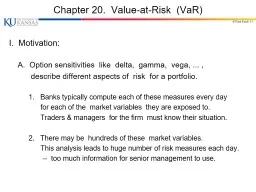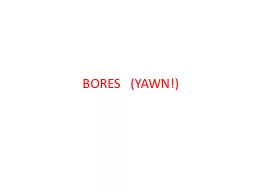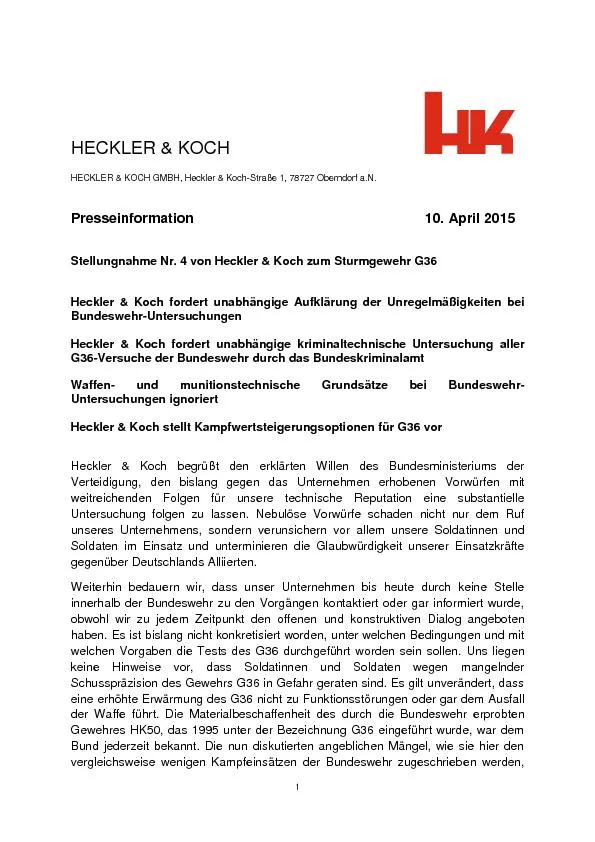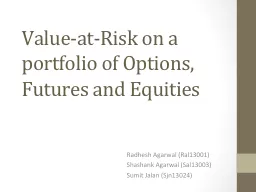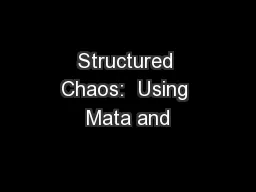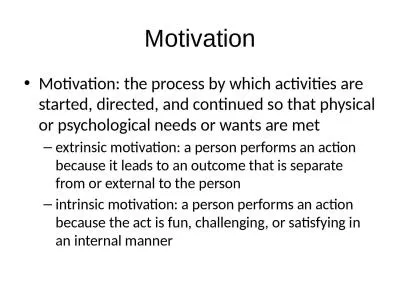PPT-© Paul Koch 1- 1 Chapter 20. Value-at-Risk ( VaR ) I. Motivation:
Author : yoshiko-marsland | Published Date : 2019-11-01
Paul Koch 1 1 Chapter 20 ValueatRisk VaR I Motivation A Option sensitivities like delta gamma vega describe different aspects of risk for a portfolio
Presentation Embed Code
Download Presentation
Download Presentation The PPT/PDF document "© Paul Koch 1- 1 Chapter 20. Value-at-..." is the property of its rightful owner. Permission is granted to download and print the materials on this website for personal, non-commercial use only, and to display it on your personal computer provided you do not modify the materials and that you retain all copyright notices contained in the materials. By downloading content from our website, you accept the terms of this agreement.
© Paul Koch 1- 1 Chapter 20. Value-at-Risk ( VaR ) I. Motivation:: Transcript
Download Rules Of Document
"© Paul Koch 1- 1 Chapter 20. Value-at-Risk ( VaR ) I. Motivation:"The content belongs to its owner. You may download and print it for personal use, without modification, and keep all copyright notices. By downloading, you agree to these terms.
Related Documents

